SEAMOR ROV Discoveries
When people think of ROV discoveries, they think about the big behemoths of ROVs roaming the deepest trenches of the ocean. However, you don’t have to go kilometers deep to encounter your fair share of…
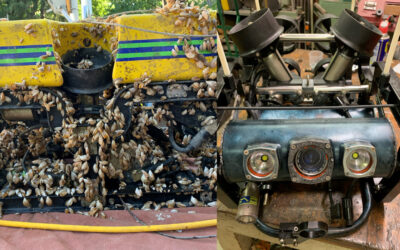
When people think of ROV discoveries, they think about the big behemoths of ROVs roaming the deepest trenches of the ocean. However, you don’t have to go kilometers deep to encounter your fair share of…
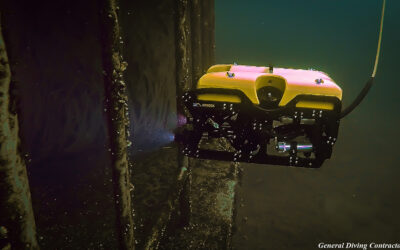
Specific features and capabilities of the top inspection class ROVs can vary from one manufacturer to another. These common characteristics help ensure that the vehicles are well-suited for their primary role: inspecting and assessing underwater…
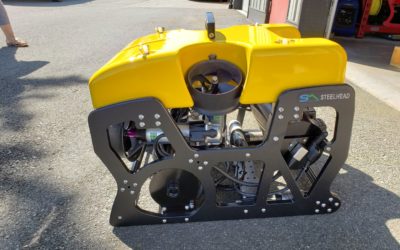
One critical aspect of ROV design is the choice between hydraulic and electric thrusters, each with its own set of advantages and disadvantages. In this blog, we’ll explore the differences between these two propulsion systems…
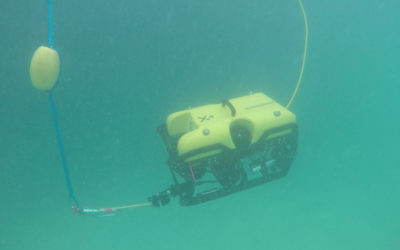
ROVs are equipped with sophisticated pressure compensating systems that allow them to withstand the extreme conditions of the deep. Even with this specialised technology, how do ROVs survive high pressure environments? ROVs are marvels of…
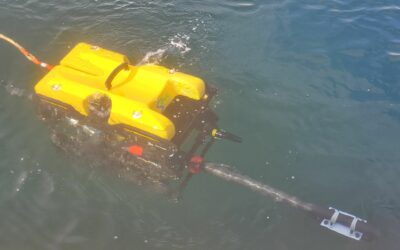
Calculating and maintaining neutral buoyancy for ROVs is essential for the successful operation. The right structural components and buoyancy control systems are critical to ensure stability, energy efficiency, and the ability to carry out a…
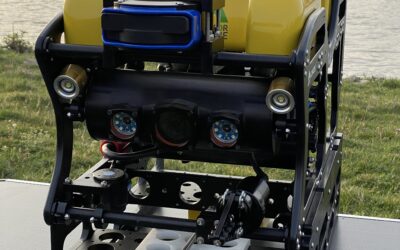
ROV mission length depends on the specific objectives of the mission and the capabilities of your specific ROV make and model. Not all ROVs are the same and no mission is the same either. To…
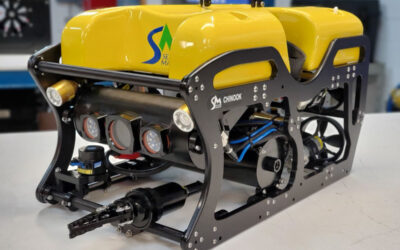
ROV manipulators, robot arms, grip claws, … etc. They have many names but they’re all in the same family of robotic applications for your ROV. These ROV manipulators work similarly to human arms and hands…
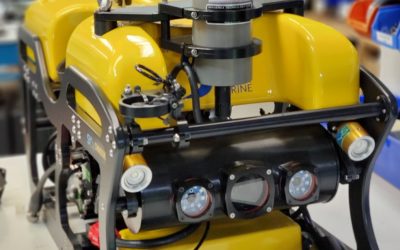
Both HD and 4K cameras have their own advantages and limitations in the realm of ROVs. Beyond resolution, white balance, color corrections, and optical zoom are also crucial factors that determine the effectiveness of the…

The choice of materials for ROVs depends on various factors, including the specific requirements of the ROV’s intended use, environmental conditions, operational depth, budget constraints, and more. Anodized aluminum is commonly used in ROVs for…
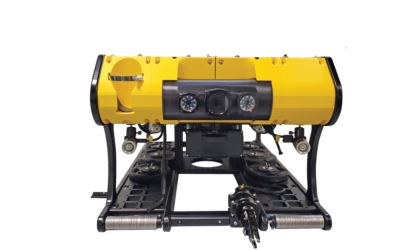
Marine-grade polymers are a special type of plastic. The polymers are designed to withstand the harsh environmental conditions present in marine environments, such as saltwater exposure, UV radiation, and extreme temperatures. They are engineered to…
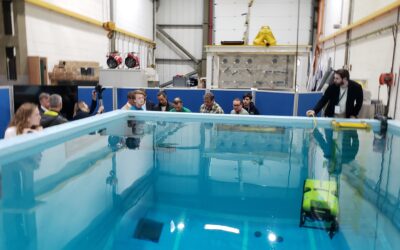
When determining your ROV power requirements, it’s important to consider factors such as mission type, depth of operation, available budget, and the technological advancements in battery and power distribution systems. Collaborating with experts in marine…

(ROV) Propulsion efficiency refers to how effectively a propulsion system converts input energy (such as electrical power) into useful thrust or movement. Propulsion Considerations To achieve high propulsion efficiency in ROVs, engineers consider many factors….